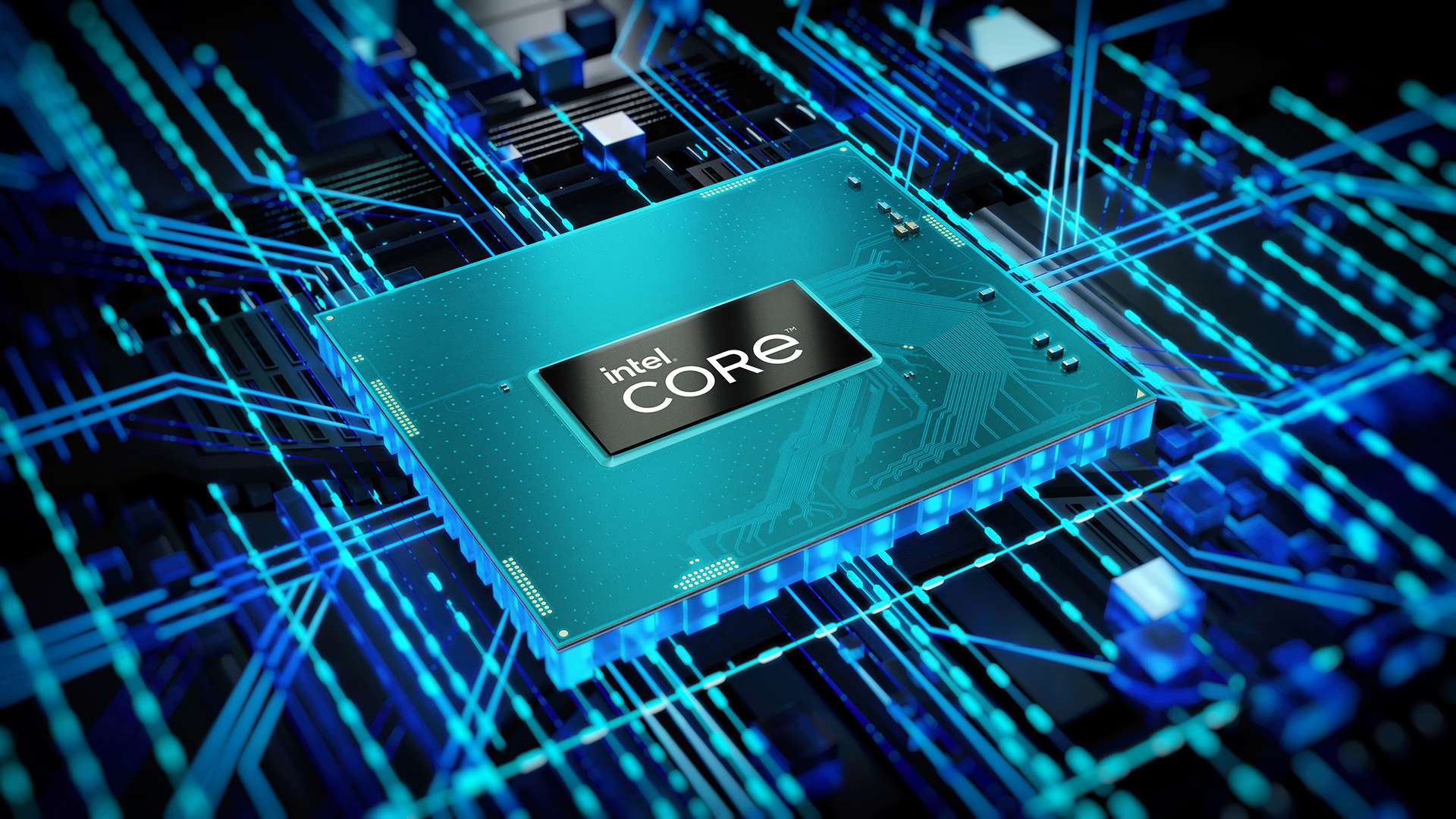
As expected the shipping container the MSI Aero ITX OC 1070 comes in is rather small bordering on tiny when compared to the oversized box the Zotac 1070Ti Mini comes in.
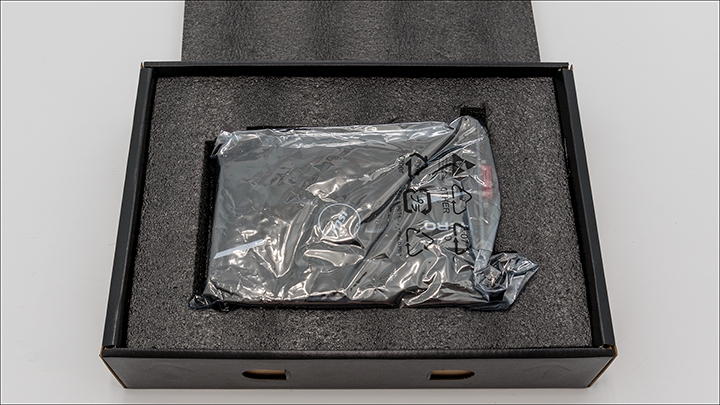
Make no mistake this box offers more than enough protection but it is no shape nor form the same as saying it offers ‘overkill’ amount of foam. On the positive side the box is rather attractive looking in an understated way. Basically, if you are looking for an ‘in your face’ shipping container this one will not be the box for you as it lacks all the typical ‘MSI’ glitz and glamour. Instead its black with white labels and circuit board graphics is extremely nice – almost as if this is MSI all grown-up version. The only thing missing is an actual picture of the card housed inside on the front. While MSI has toned down the graphics and logos there is still a ton of information on the back.
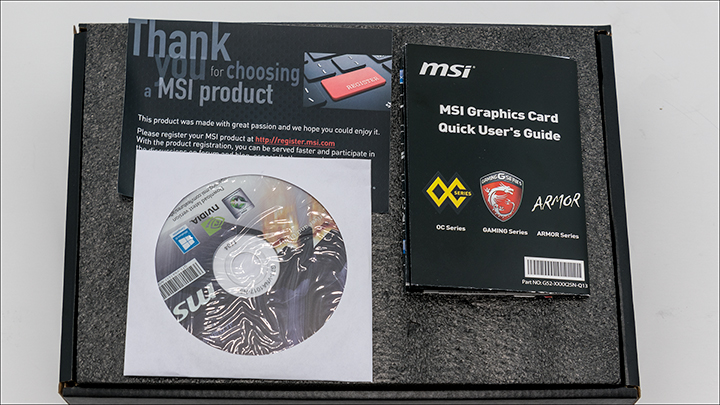
The list of accessories is a little lacking. In grand total you will get a pamphlet, a driver disc, and a thank you card. Nothing more, nothing less. Once again this is adequate but if you are looking for a lot of accoutrements like stickers or logos or door knob hangers… the included accessories are going to be disappointing.
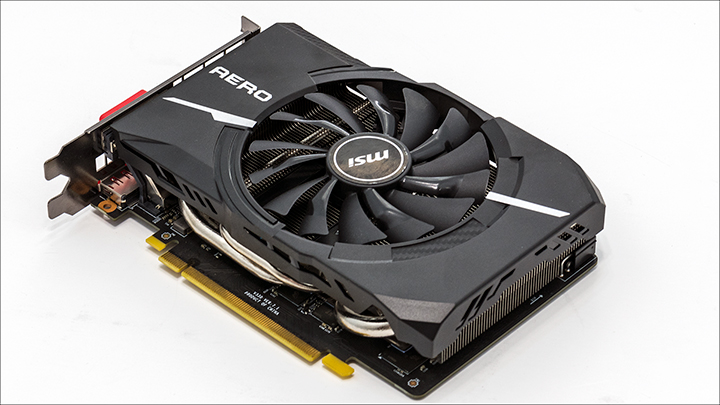
Let’s start with the elephant in the room. MSI may indeed call this model an ITX video card but it does not meet this very strict standard. It is more accurate to say it is an ‘ITX+’ design. As we have said in the past there are two very, very specific dimensions standards recognized by PCI-SIG (the consortium responsible for the PCIe standard). This is Half-Height and Full Height for the height of the card, and full length and half length for how long a card can be. Half-height (aka ‘HH’ what most SSD AICs use) are 79.2mm / 3.118 inches tall, while full-height (‘FH’) are 120mm / 4.7 inches tall. Half-length (aka ‘HL’… which is what most SSD Add In Card models use) are 175.26mm / 6.9 inches long, while full-length (‘FL’) are 312mm / 12.283 inches in length.
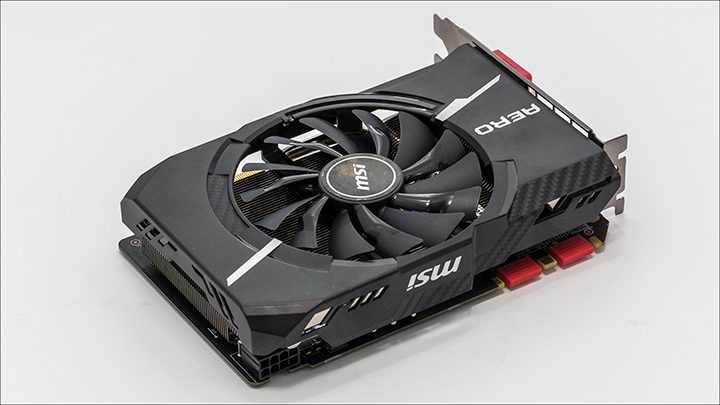
This gives an overall maximum surface area of 210.3 square millimeters for HHHL cards which are typically called ‘ITX’. The dimensions of the MSI Aero ITX OC GeForce GTX 1070 is 17.5 x 12.9cm. This is not within normal specifications. Basically, MSI was able to get the length of the Aero ITX OC 1070 trimmed down to Half-Length, but could not get the height down to FH spec. Instead it overshoots this critical spec by a full 9mm. This is not an insignificant amount.
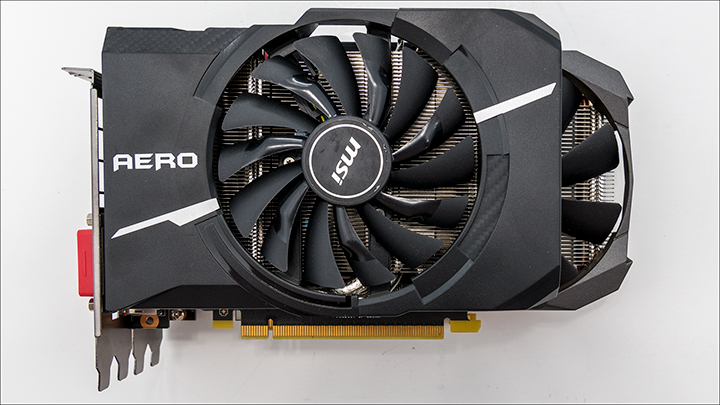
This really is not all that surprising. While it is sure to annoy system builders who do not do their homework and instead trust MSI to not mislead buyers the fact remains there is No Such Thing As A Free Lunch. Cooling a 150-watt TDP card is not easy when talking about ITX/FHHL dimensions. In fact, it is darn tough even when talking about a larger heatsink and fan combination that is only 225.75cm2 of surface area. This is why Zotac goes longer when designing their ‘Mini’ cards. This does however lead to a divergence of opinion on what is most important: the length of the video card or the height.
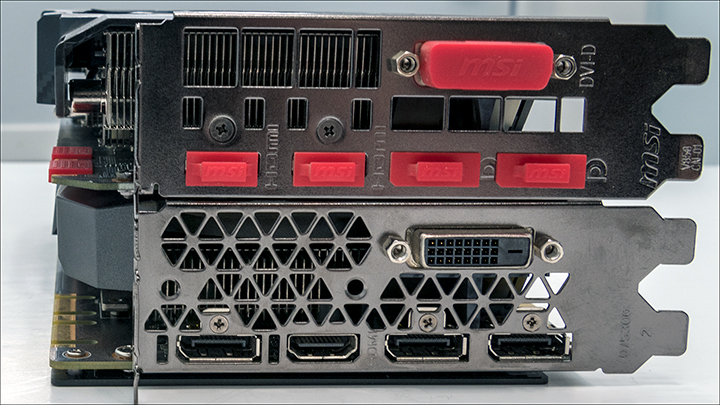
Zotac believes that height is just as important as length. This is why their even higher performance Zotac GeForce GTX 1070Ti Mini is actually shorter than the MSI Aero ITX OC GTX 1070 (125mm vs 129mm). It is however longer by 36mm (for a total surface area of 263.75cm2, or a difference of 16.83 percent). MSI begs to differ on what is most important and prizes length over height. This differing of opinion is why the MSI Aero ITX OC GeForce GTX 1070 will simply not fit in that many more cases than the Zotac Mini 1070Ti. Both have the same height restriction and only cases that are limited in the length of the video card dimensions does the MSI Aero ITX OC pull ahead (175mm vs 211mm).
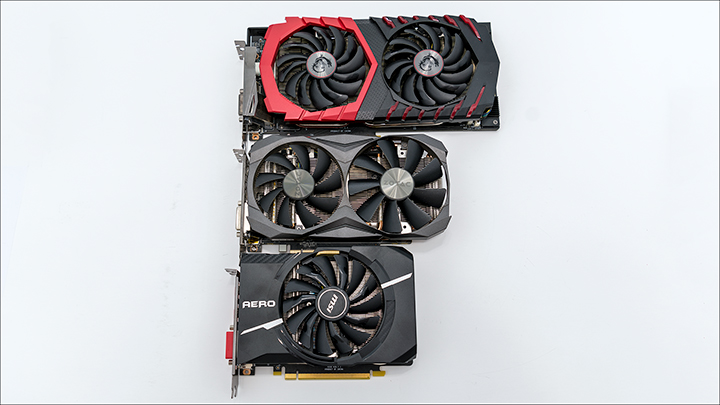
On its own this issue would be ‘interesting’ but in reality MSI has wasted their dimensions. Remember when dealing with tight, tight builds the tallest/longest/widest point of a card is what has to be used when deciding on whether or not a card can be used in a given shoe-box build. In order to fit a single large 100mm(!) fan on the Aero ITX OC GeForce GTX 1070 MSI has increased the plastic facia’s dimensions to accommodate it. This is where the extra height of the Aero ITX OC 1070 comes from. This could have easily been avoided by using two 80mm fans which would have still given MSI 5mm gap between them, and 5mm from the edge and back of the card… and still have fit inside the Half-Length standard (80+80+5+5+5 is 175mm… or precisely FL 175mm spec).

Sadly, the underlying heatsink does not take full advantage of this upsizing of the card’s footprint. Instead there is a ‘peak’ that starts at about the half way mark of the cards fascia, with the rest of the cards height before this peak being noticeably less… and the heatsink uses the shortest dimension for its entirety. This is wasted space that should have been used for a beefier heatsink. We are unsure why MSI felt the need to not use the entirety of its dimensions. After all, if you are going to go above standard for ITX dimensions you need to justify why you did so. In either case it does mean less surface area, and it does directly translate into a less effective heatsink design. That is not a good thing. On the positive side this is easily one of the smallest NVIDIA GeForce GTX 1070 cards that are air and not water cooled. It just is not a true ITX form-factor card.

Moving on. The Aero ITX OC GeForce GTX 1070 makes use of copious amounts of plastic and not metal for its top fascia. The upside to this is that it allows MSI to create a much more angular and aggressive looking card than what is possible, or at least economically viable, than with metal like the Zotac Mini uses. It also allows them a much wider scope of colors. In this instance though MSI has gone for a much more understated design. The black plastic is smooth and lacking in the usually MSI ZeroFrozr ‘muscle look’. Instead it looks a lot more like the typical small form-factor video card. Some will call it bland or lacking in refinement, but we prefer the term understated.

Also unlike the Zotac Mini, MSI has opted to not include a backplate (this is why it is 2mm ‘narrower’ than the Zotac Mini). Instead the PCB is bare and wide open to damage from errant screwdrivers, heatsinks, RAM sticks, SSDs… and anything else that can bang into a card when installing a lot of parts into a tiny case. This actually is more disappointing than the lack of color or stylizing to the top plastic fascia. Needless to say, you should install this card last… as you should be doing anyways when building shoe-box builds.
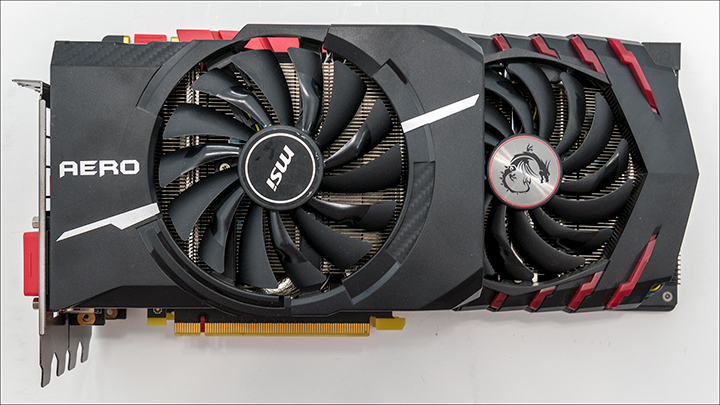
On the positive side MSI has actually been able to offer a near ITX form-factor GTX 170 that comes factory overclocked. Instead of a base clock of 1506 with a boost of 1683, this card comes with 1531/1721 clock settings. That is impressive bordering on amazing for a near ITX sized card and just underscores the fact that while the Aero ITX OC GeForce GTX 1070’s ZeroFrozr cooling solution is tiny… that is not the same as saying it is bad at its job. Unfortunately, these specifications are about what you can expect it to run in the real world. We honestly doubt any one will see this card hit even 1750 in the real world as the GP104-200 core is thermally limited by this cooling design. Basically, what you can expect to get with a Founders Edition blower style GTX 1070 is about what you can expect from the MSI Aero ITX OC GeForce GTX 1070. Once again that is amazing as the FE’s are much, much larger cards.
Sadly, Zotac and their dual fan cooling solution design is not nearly as limited in its abilities. So if your budget and case can fit a Zotac GTX 1070Ti Mini… it is the better card. It will run cooler and faster than the MSI Aero ITX OC GeForce GTX 1070 could ever hope to match. The Zotac Mini is also noticeably quieter than the MSI Aero ITX OC GeForce GTX 1070. While we would be hesitant to call this card ‘loud’ (as it is quieter than a blower FE) it is not silent. In real world scenario’s you will hear the fan of the MSI Aero ITX OC GeForce GTX 1070 long before you would have heard the fans of the Zotac Mini.

Once again There Is No Such Thing As A Free Lunch. A hundred and fifty watts of power is a lot of heat for a small heatsink and single fan cooler to deal with. Even if does use three U shaped 8mm heat pipes. Since the heat sink’s mass is low this means a lot of air has to be pushed over it to keep up with demands. So expect this card to get loud if you want to play video games on your new shoe-box build. To help keep noise levels in check we would strongly recommend a water-based cooling solution for the CPU and as good air flow movement inside your case as you can manage. The more cool air you can feed this single fan GPU… the happier it will be. More optimally still, when choosing this card for a build selecting a case that has fan grill right next to the GPU fan should be high on your selection criteria. This feature will allow the 100mm fan to suck fresh air from outside the case and allow the MSI Aero ITX OC GTX 1070 to run as quiet as possible no matter how much you cram inside the shoe-box size case.





